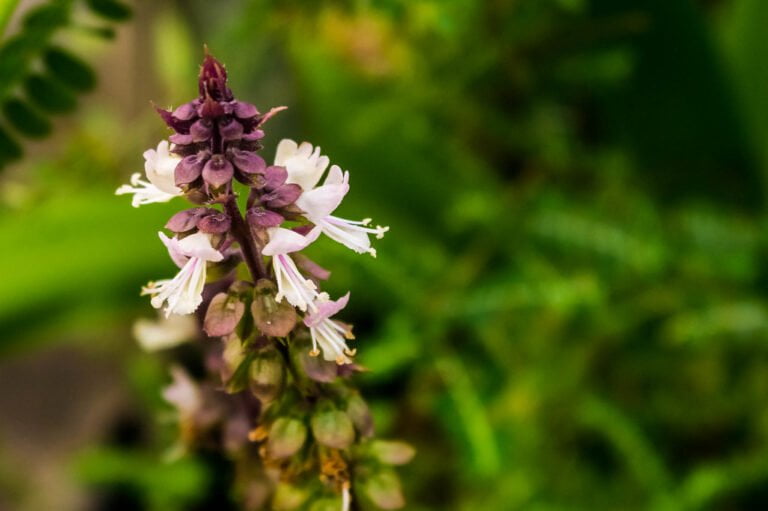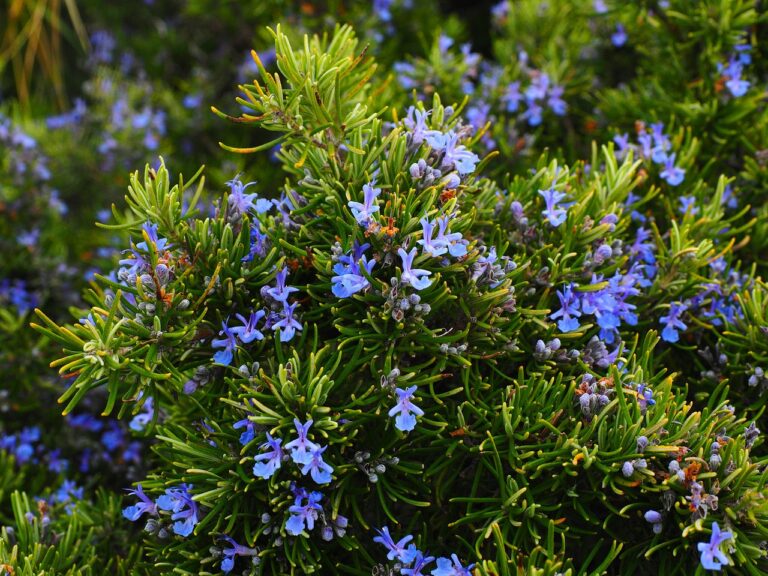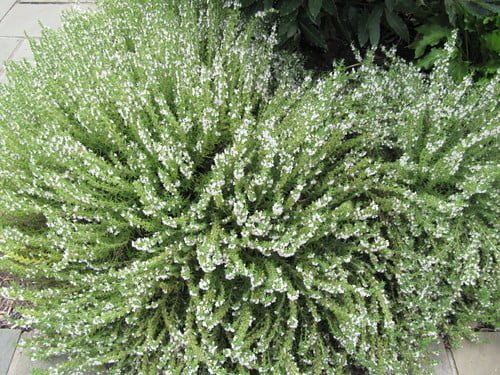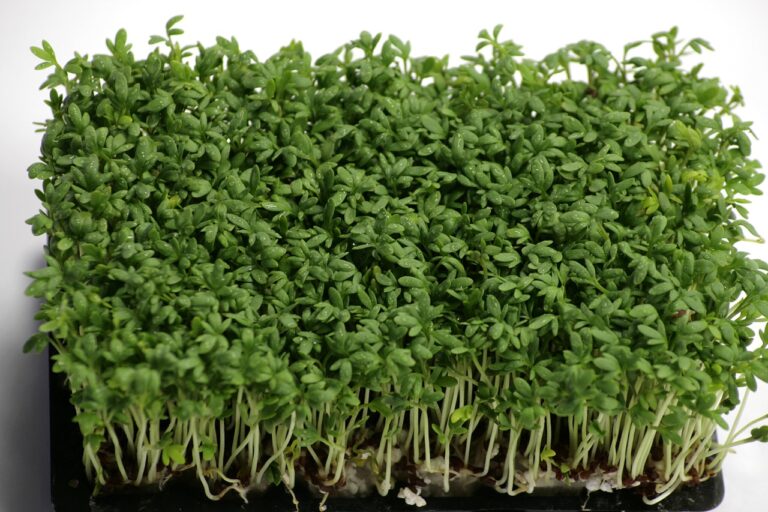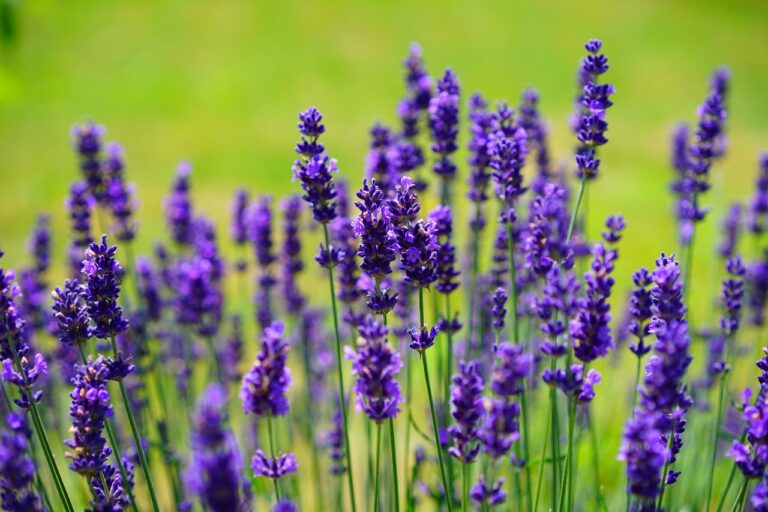Hoja Santa
Hoja Santa, also known as tlanepa, is a versatile herb rich in history and flavor. With peppery, anise, and eucalyptus notes, it enriches Mexican dishes like tamales and moles. Cultivating it demands specific conditions. Fresh, vibrant leaves are key-perfect for wrapping fish or marinating meats. Slice along veins for flexibility. Used in ancient rituals, its medicinal benefits are vast. Discover more about Hoja Santa’s intriguing origins, nuanced flavors, and health properties.
Origin of Hoja Santa
Hoja Santa, also known as tlanepa in Nahuatl, has a rich botanical history deeply rooted in the ancient traditions of Mexico and South America. This herb, with its large heart-shaped leaves, holds a significant place in Mexican cuisine. The Aztecs revered it not only for its culinary uses but also for its role in various rituals and ceremonies.
In Mexican cuisine, hoja santa is a versatile ingredient used to make a variety of dishes. Its leaves are renowned for their unique flavor, which combines notes of anise, black pepper, and eucalyptus. One of the most popular uses of hoja santa is in wrapping foods for cooking, a technique known as “en hoja.” The leaves impart a distinct aroma and flavor to the food, enhancing the overall dining experience.
Moreover, hoja santa is employed in making traditional Mexican dishes like tamales, moles, and fish steamed in banana leaves. Its aromatic leaves are also utilized in infusions for medicinal teas and in the preparation of Verdín, a green liquor popular in certain regions of Mexico.
The cultivation of hoja santa requires specific conditions to thrive. It prefers moist, well-drained soil and partial shade to mimic its natural habitat. With proper care and attention, this herb can flourish, providing a continuous supply of flavorful leaves for culinary and medicinal purposes.
Flavor Profile of Hoja Santa
With its intricate blend of peppery notes, hints of anise, and undertones of eucalyptus, Hoja Santa’s flavor profile enchants the palate with a harmonious symphony of aromatics. The herb also boasts subtle nuances of nutmeg, mint, and tarragon, elevating its complexity and making it a standout ingredient in various culinary creations. When using Hoja Santa, its strong aroma and flavor of sassafras shine through, adding depth to dishes in a unique and memorable way.
In Mexican cuisine, Hoja Santa finds its place in an array of dishes, including stews, sauces, and soups, where its distinct flavor can truly shine. One of the most intriguing uses of Hoja Santa is as a wrapping for artisanal cheeses, tamales, meats, and fish. The leaves impart a delicate yet robust essence to the foods they envelop, infusing them with a subtle herbal note that sets them apart.
To fully appreciate the flavor profile of Hoja Santa, it is best to use the leaves fresh or lightly cooked. This treatment allows the herb to release its full potential, ensuring that each dish benefits from the herb’s rich and aromatic qualities. Essentially, Hoja Santa’s flavor profile showcases the herb’s versatility and ability to transform ordinary dishes into extraordinary culinary experiences.
Cooking Tips for Hoja Santa
When preparing Hoja Santa for cooking, meticulously selecting fresh, lively leaves is essential to ensure peak flavor in your dishes. The vibrant green color and robust aroma indicate the freshness of the leaves. For cooking, it’s best to use the leaves fresh or cooked to bring out their unique flavor. However, avoid consuming the tough veins of the leaves raw as they can be unpleasant.
Hoja Santa is a versatile ingredient, commonly used in Mexican stews, sauces, and soups to add a distinctive taste. Additionally, these fragrant leaves are often used to wrap artisanal cheeses, tamales, meats, and fish before cooking. To incorporate Hoja Santa in recipes like mole verde, slice the leaves along the veins to make them more pliable and easier to wrap around food items. This method enriches the dish with a subtle yet complex flavor that is characteristic of Hoja Santa.
Developing a good understanding of how to handle Hoja Santa leaves can enhance your culinary creations. By carefully selecting fresh leaves and using them in various cooking methods, you can fully realize the complete potential of this flavorful herb.
Delicious Recipes Using Hoja Santa
Selecting the perfect Hoja Santa leaves for your culinary creations is akin to choosing the finest brush for a masterpiece painting. The vibrant green leaves of the Hoja Santa plant not only add a visually appealing to dishes but also infuse them with a unique blend of flavors. One delightful recipe that showcases the versatility of Hoja Santa is wrapping the leaves around a fillet of fish along with slices of lemon and garlic. This preparation allows the fish to absorb the herb’s invigorating and minty notes while staying moist and flavorful.
Another delectable way to incorporate Hoja Santa is by using it in a marinade for grilled meats. Mixing Hoja Santa with ingredients like garlic, cumin, and chili creates a fragrant and flavorsome marinade that pairs beautifully with beef or chicken. The leaves can also be blended into sauces for dishes like tamales or mole, adding a subtle hint of sassafras and anise to the rich, savory flavors.
For a invigorating beverage option, consider infusing a green liquor called Hoja Santa liqueur with the herb’s distinctive flavors. This liqueur can be enjoyed on its own or used as a unique ingredient in cocktails. Additionally, Hoja Santa leaves can be used to flavor homemade root beer, adding a herbal complexity to this classic soda.
Health Benefits of Hoja Santa
Exploring the therapeutic properties of Hoja Santa involves delving into its rich history in traditional medicine and its diverse cultural significance under various names like acuyo and yerba santa. Known as tlanepa in Nahuatl, this herb has been utilized for centuries in traditional medicine for various conditions. Its aliases, such as anisillo and yerba santa, highlight the herb’s cultural importance across different communities. Historically, Hoja Santa has been employed to treat coughs, rheumatism, and female complaints, showcasing its versatility in addressing a range of health issues.
In traditional Latin cuisines, Hoja Santa is highly valued not only for its distinct flavor but also for its numerous medicinal properties. The herb’s association with the Virgin Mary has contributed to its revered status, further solidifying its significance in traditional practices. Additionally, Hoja Santa is sometimes referred to as the ‘beer plant’ due to its use in brewing traditional beverages. This further underscores the diverse roles this herb plays in both culinary and medicinal contexts.

